The queen bee is the heart of every bee family. The strength and health of the entire swarm depend on its quality. Breeding queen bees is a demanding but rewarding field of beekeeping. In this article, we will explain the process of breeding queen bees. You will learn about the stages of the process, what breeding methods can be used, and what tools will be necessary.

The queen bee is the heart of every bee family. The strength and health of the entire swarm depend on its quality. Breeding queen bees is a demanding but rewarding field of beekeeping. In this article, we will explain the process of breeding queen bees. You will learn about the stages of the process, what breeding methods can be used, and what tools will be necessary.
The queen honey bee is a key figure in a bee colony, being the only bee capable of laying eggs. Moreover, its presence and pheromones regulate the activity of the entire hive community. The queen bee is not only the central figure in ensuring the survival and development of the colony through reproduction but also influences the harmony and productivity of the bee hive.
Breeding queen bees – practical tips
Breeding queen bees evolved with the development of beekeeping. Originally, it was based on the natural life cycles of bees and the spontaneous creation of new queens. As the mechanisms of heredity and the importance of genetics in breeding were understood, beekeepers began to use more advanced queen selection and breeding techniques, which enabled the improvement of features such as fertility, disease resistance, and bee temperament.
The importance of genetics and selection in breeding queen bees
Genetics plays a key role in breeding queen honey bees, allowing beekeepers to direct the evolution of traits desired in their colonies. Through selective breeding, you can not only improve production capacity but also increase bee resistance to diseases and adapt to local environmental conditions. Thanks to advanced breeding methods, such as artificial insemination or selection based on genetic markers, it is possible to precisely shape the genetic heritage of the bee colony.
Preparation for queen honey bee breeding
Choosing the right equipment and materials
Before all, it is necessary to collect appropriate beekeeping equipment. Key tools include larval incubators, replacement bee frames, queen bee cages, and larval transfer tools. The selection of appropriate quality equipment has a direct impact on the success of breeding.
Criteria for selecting a donor colony
The selection of a donor colony from which larvae will be collected for breeding queen bees is a key element of preparations. You should pay attention to a number of features, such as the health of the bees, their temperament, fertility, and resistance to diseases. Choosing a strong and healthy donor colony significantly increases the chances of raising strong and healthy queens.
The importance of bees’ health and disease prevention
The health of the bees in the colony is fundamental to the success of raising queen honey bees. Before starting breeding, it is necessary to carry out a sanitary inspection of the hive to make sure that there are no diseases that could affect the breeding process. Diseases such as varroa, nosemosis or American foulbrood can significantly harm both the young mothers and the entire colony. Proper prevention and quick intervention when health problems are detected are crucial.
Planning and scheduling
The best time to start breeding queen bees is usually spring or early summer when climatic conditions and food availability are most favorable. Planning also allows you to predict the needs of the colony and ensure the continuity of honey production and the development of the colony.
-
Beekeeping Starter Kit – queen rearing – 322-pcs – transfer spoon – cell cups – hatching cells
44.99 €40.99 € -
Beekeeping Starter Kit – 26 pcs – smoker – stick chisel – queen cages – insect traps – broom 42.99 €
-
Langstroth Nuc Box – made of plastic (PP) – for 5 frames 69.00 €
-
Bee feeder – feeding attachment bees – for Langstroth hives – 4.5 L
35.99 €32.99 €
Raising queen bees step by step
Raising queen bees is a process that requires precision at every stage. Below you can see the key stages in breeding, from the selection of larvae to the hatching of the mature queen bee.
1. Collection of larvae
The process begins with the selection of suitable larvae that have the potential to become queens. Larvae that are no older than 24 hours are selected, which provides the best conditions for their transformation into bee queens. These larvae are gently transferred using a specialized tool, such as larval tweezers, to special culture cells previously prepared in the culture frame.
2. Incubation
After transfer, the breeding frames are placed in an incubator or a specially prepared incubation hive, where optimal temperature and humidity conditions prevail. It is important to regularly monitor the development of the larvae, providing them with proper care and nutrition.
3. Transfer the larvae to the breeding hive
When the larvae reach the appropriate stage of development, the frames with breeding cells are transferred to the breeding hive. This hive must be prepared in such a way as to provide an appropriate number of workers to care for the larvae and provide them with appropriate conditions for development.
4. Acceptance and care by worker bees
In the breeding hive, the workers take care of the larvae, feeding them royal jelly. This process requires that the hive be home to a thriving colony.
5. Hatching and the mother’s first copulatory flights
About 16 days after laying the egg, new queens hatch from the breeding cells. Every young mother conducts copulatory flights at some time, during which she copulates with drones. Once back in the hive, the mother is ready to start laying eggs.
Breeding queen bees can take place both naturally and through the intervention of a beekeeper. Natural breeding involves leaving the bees to raise the queen on their own from available larvae, while artificial methods require the beekeeper’s intervention at every stage of the process, from selecting the larvae to hatching and introducing the queen to the hive. The choice of method depends on the breeder’s preferences, breeding goals, and resources.
Queen bee breeding calendar
The queen bee breeding calendar should be adapted to the local climate and the life cycle of bees in a given region. Below is an example calendar, adapted to the climate in Poland, taking into account periods of bee activity and key moments in the colony’s life cycle.
March – preparation
- End of March: Preparation of equipment and materials for raising mothers. Review the health of the colony and assess which colonies will be suitable as larval donors.
April – breeding starts
- Early April: Start of first breeding activities, weather and bee activity permitting. Selection and preparation of a donor colony.
- Second half of April: Collecting larvae and starting the process of raising queens.
May – the peak of the breeding season
- Whole month: Intensive rearing of queen bees. Monitoring the development of queen cells, transferring ready queen cells to separate hives.
June – continuation of breeding and first harvest
- Early June: Completion of breeding the first batches of queens and introducing them to new colonies. Start of the second round of queen breeding.
- End of June: Monitoring the acceptance of new queens by the colonies. First honey harvest.
July – late breeding and care
- Early July: Last chance to start breeding queen bees to make it before the colony activity declines.
- Second half of July: Assessment of breeding success and planning possible corrections in the next season.
August – preparation for winter
- Whole month: Latest work related to raising mothers. Preparing the colony for winter, assessing the health and condition of bees and queens.
This calendar is indicative and may need to be adjusted depending on local weather conditions and bee biological life cycles. It is important for beekeepers to be flexible and able to respond to changing circumstances in order to effectively manage queen bee breeding.
What larvae have the potential to become mothers?
Under natural conditions in a hive, all bee larvae that have the potential to become queens come from eggs laid by the current queen and are genetically identical to the larvae that will develop into workers. The key difference is how they are fed and develop after the egg is laid.
Bees have a unique caste determination system that is based on the diet of the larvae during the initial stage of their development. The larvae that are about to become mothers are fed exclusively with royal jelly throughout their development. The milk is rich in proteins, sugars, fats, and vitamins, which stimulate the development of the larva. The larvae that are about to become workers are also initially fed royal jelly, but only for the first 2-3 days, and then their diet changes to a less nutritious mixture of honey and pollen.
How to maximize honey production in a hive?
Selecting and Breeding Strong Queens: Investing in selecting and breeding queens with desirable traits such as high fertility, disease resistance, and good management traits can significantly increase colony productivity.
Ensuring continuity in breeding: Regular replacement of older queens with new, healthier, and more genetically effective ones allows the colony to maintain optimal productivity.
Health monitoring and disease management: Maintaining the health of the colony through regular inspections, proper prevention and treatment of bee diseases ensures better conditions for honey production.
Optimizing hive conditions: Adjusting the size of the hive and the number of frames to the needs and strength of the colony can help maximize nectar collection efficiency.
A healthy, well-selected queen contributes to increasing the population of worker bees, which are directly responsible for collecting nectar and producing honey. A larger number of workers translates into greater work efficiency, which directly affects the amount of honey produced.
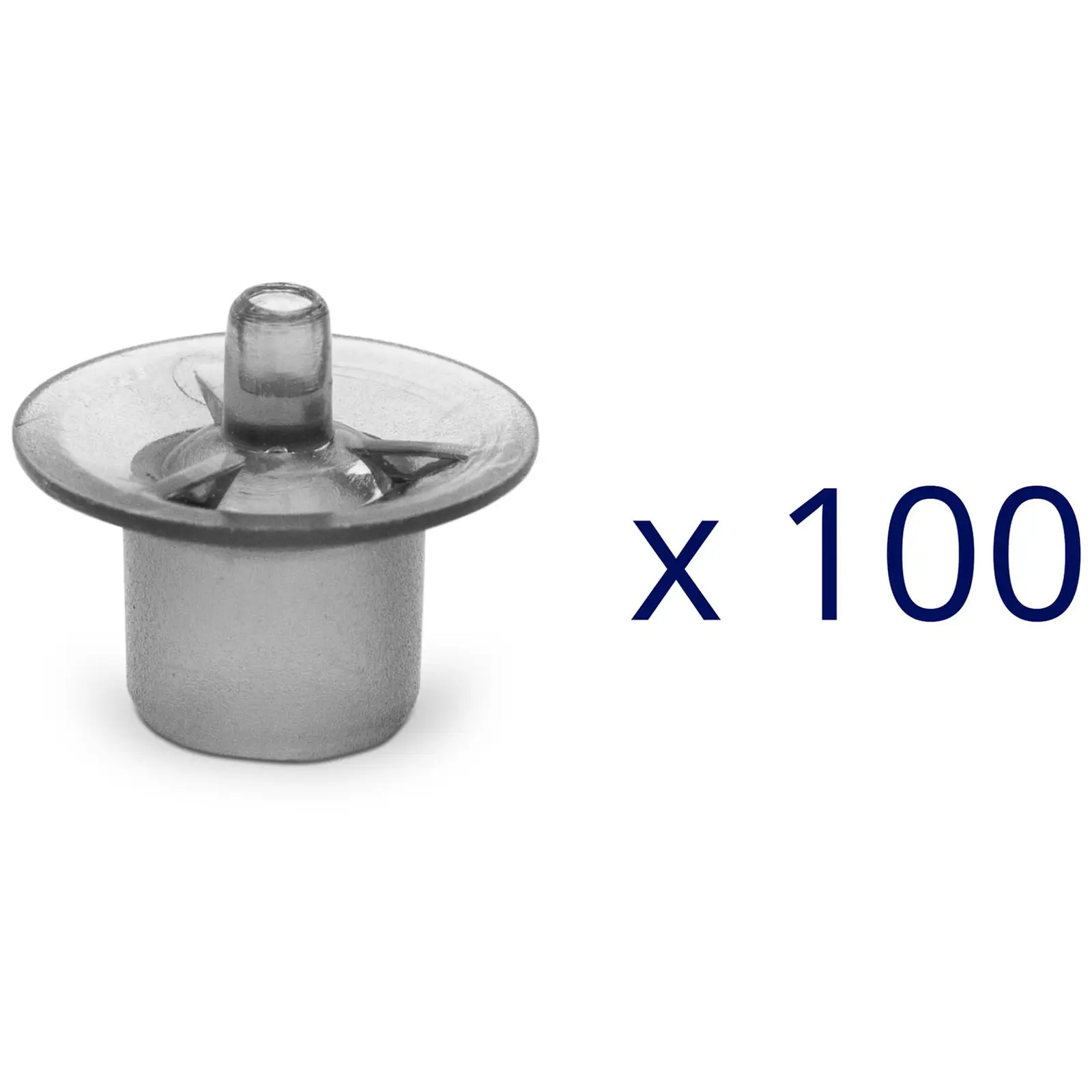

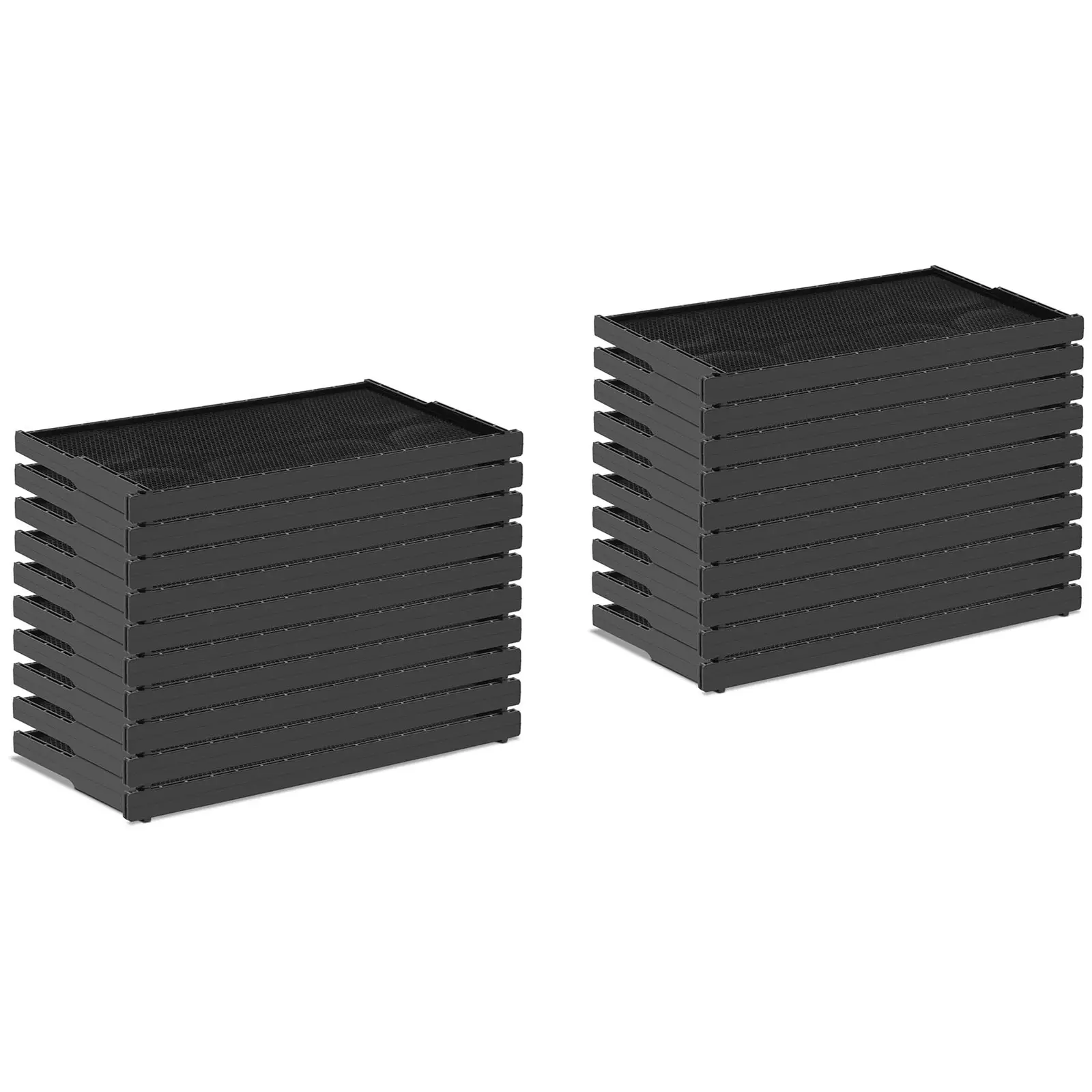
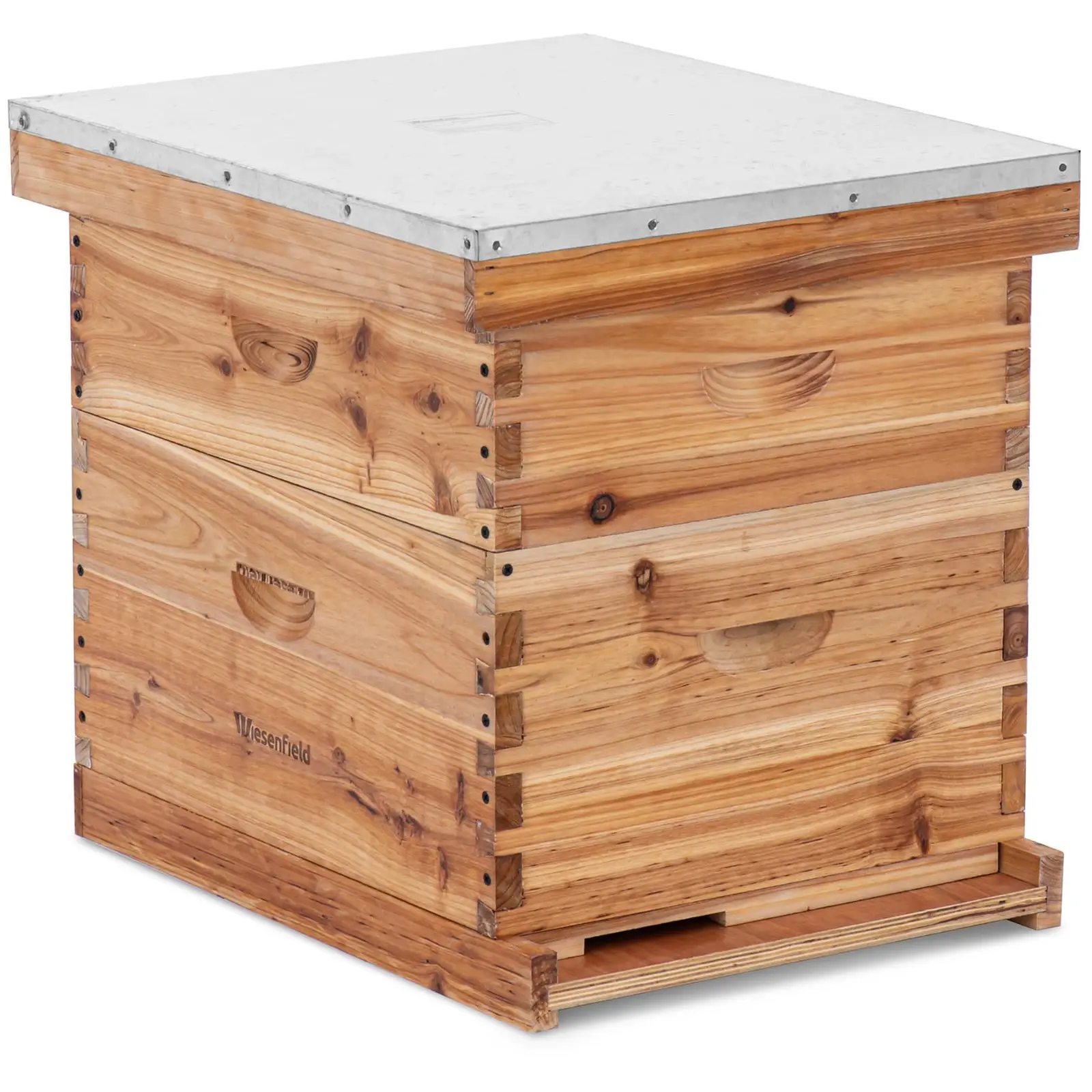

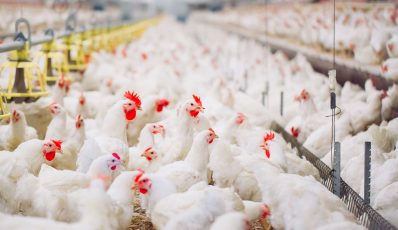

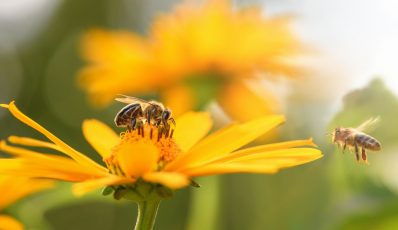
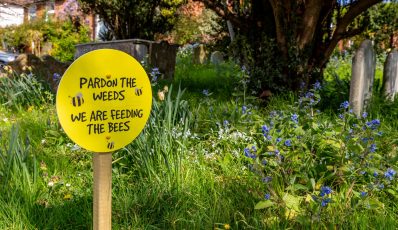

Share